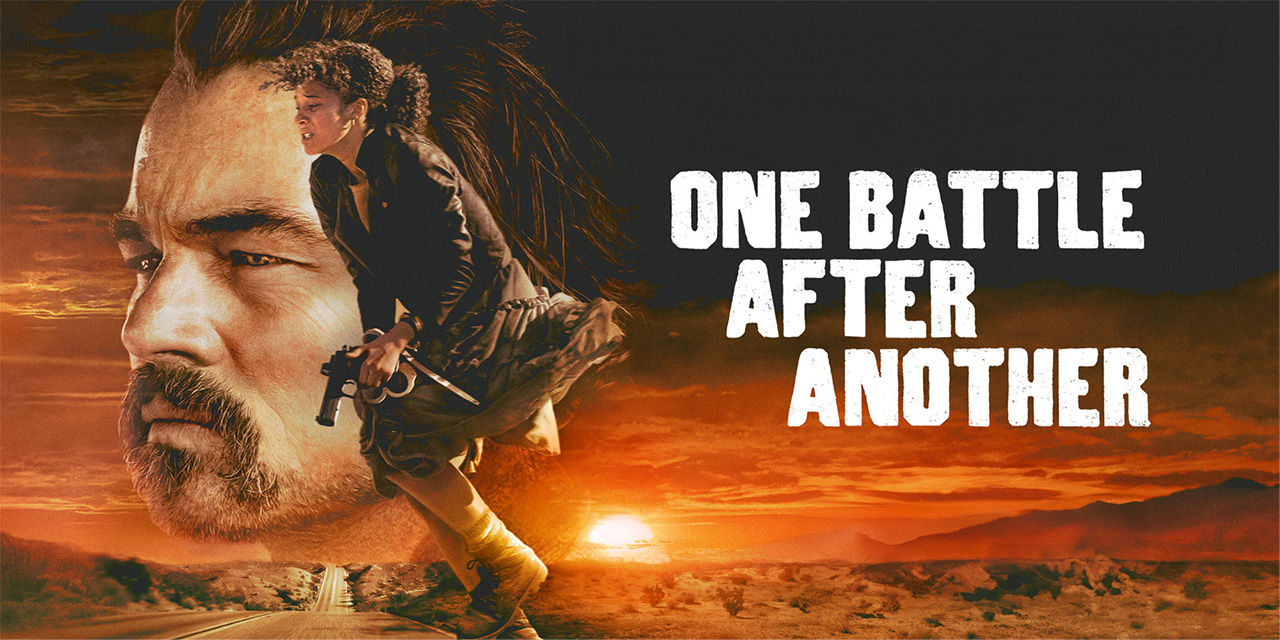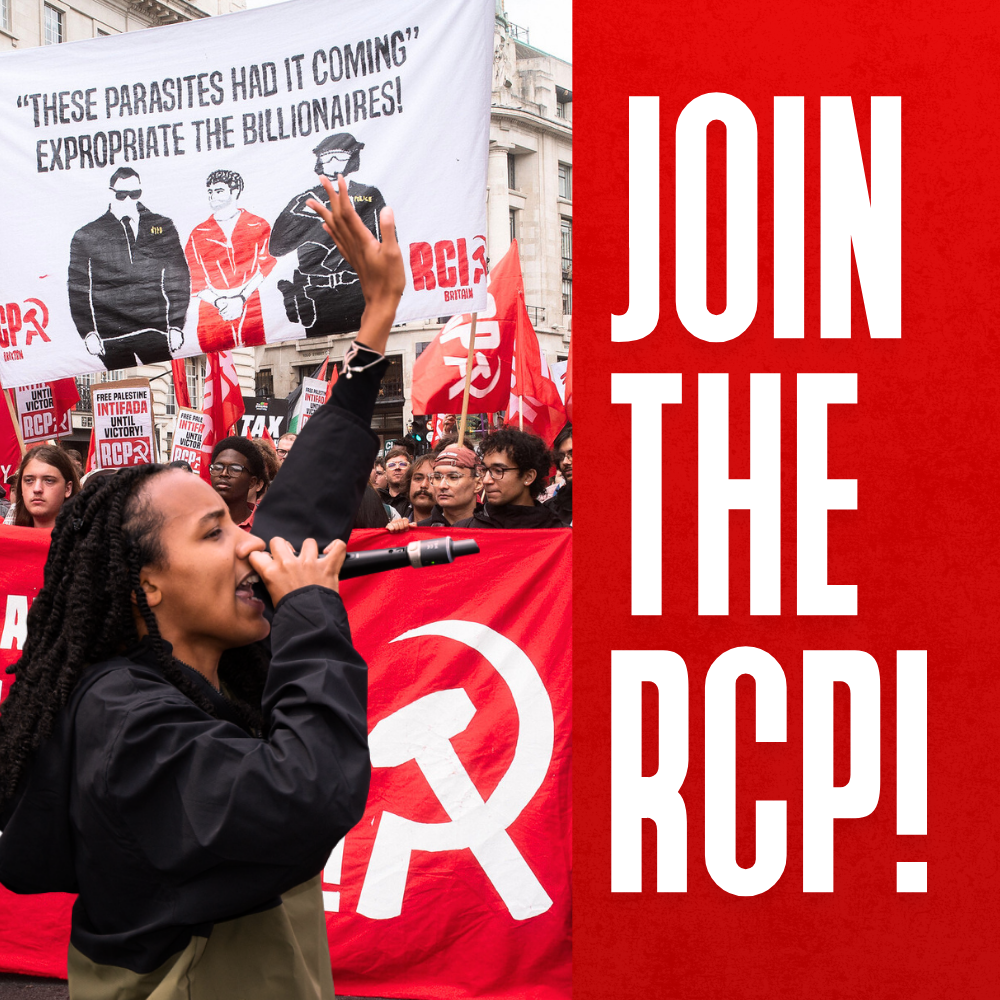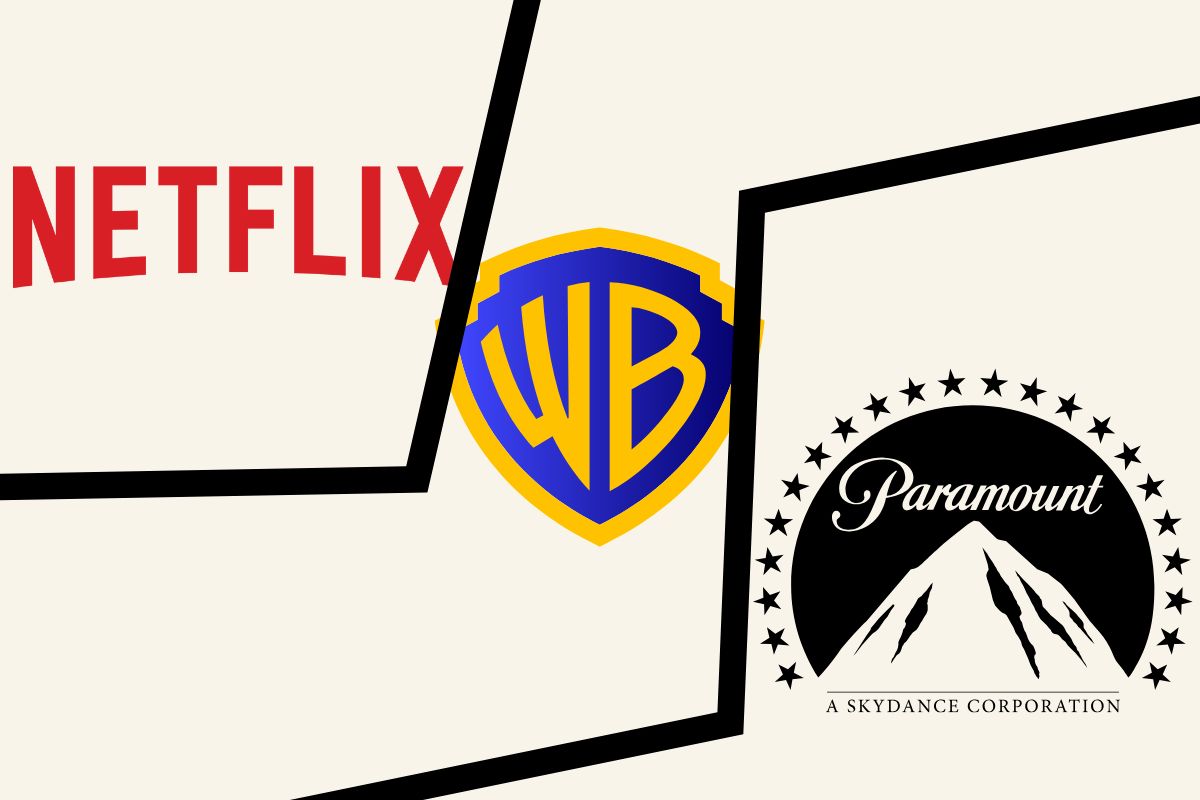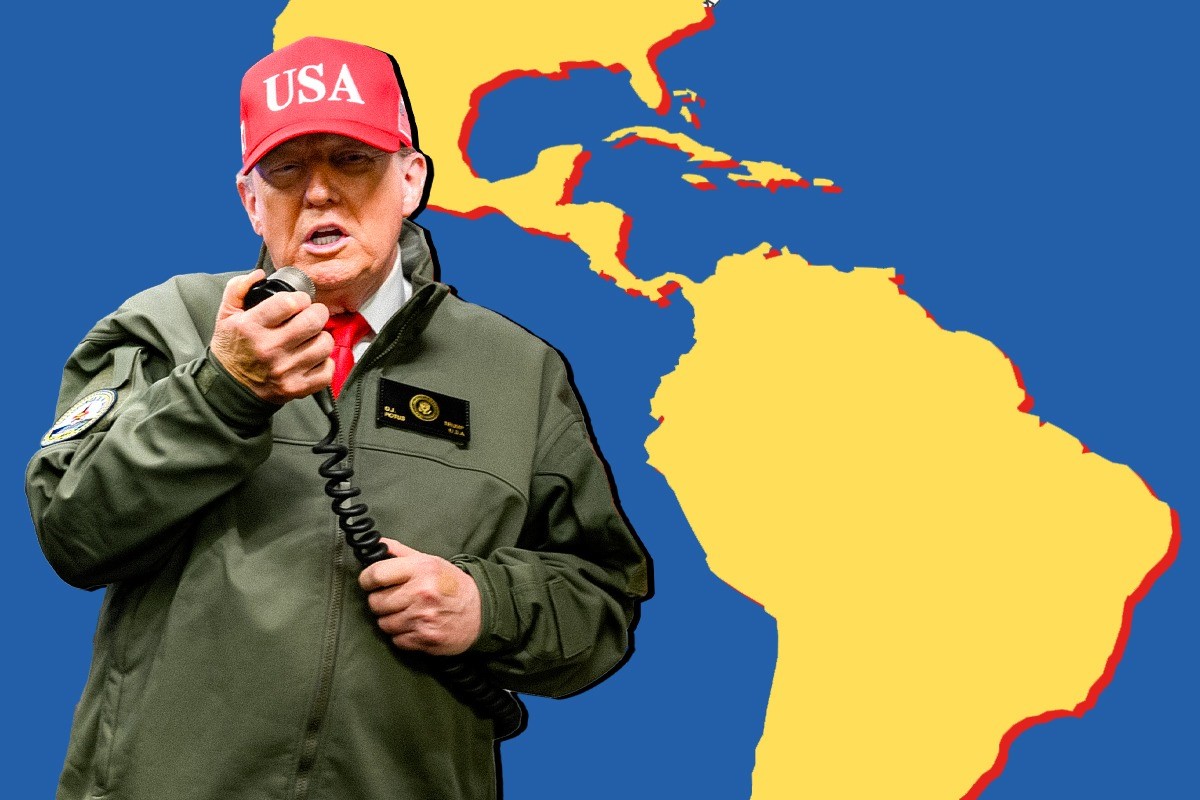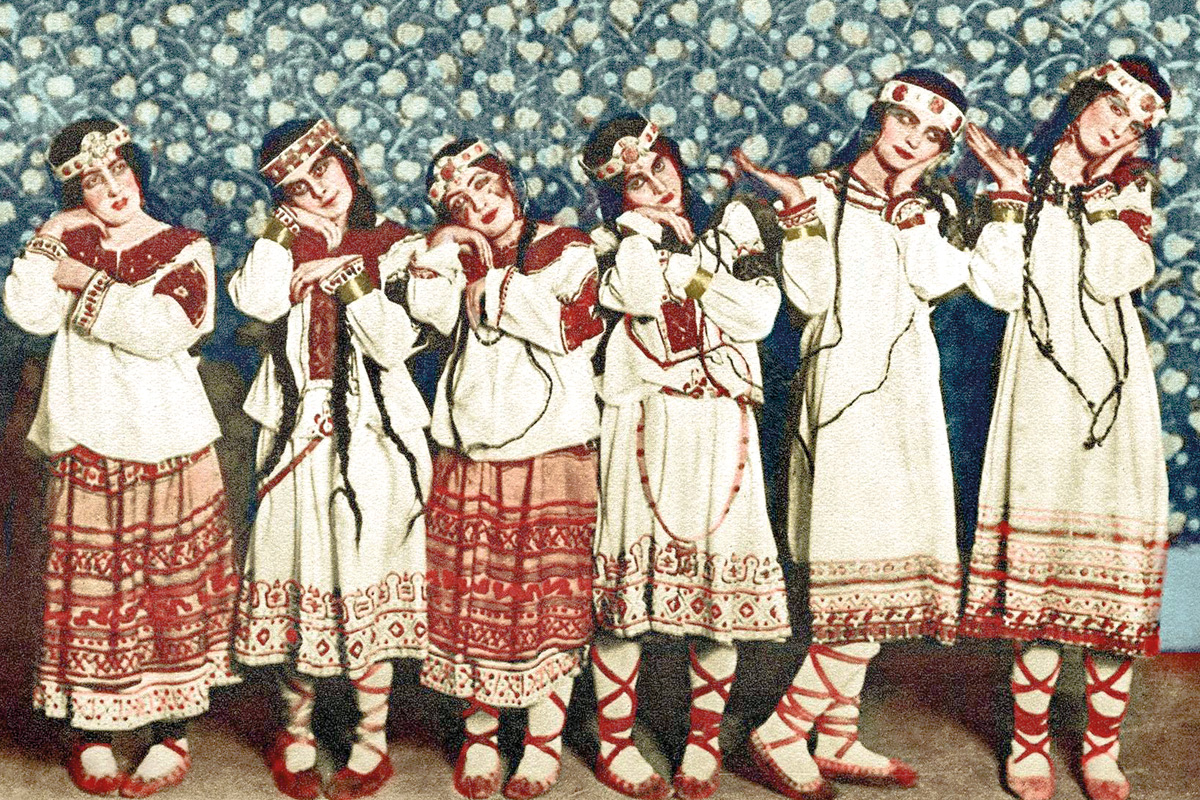Paul Thomas Anderson’s latest film is a breathtaking action thriller set in a near-future United States, caught in the throes of revolution and counter-revolution. One Battle After Another is possibly Anderson’s biggest cinematic achievement to date.
With three hours of runtime to play with, Anderson perfectly captures the zeitgeist of this period of imperialist decay: individual terror; the brutalisation of immigrants; repression at the hands of a militarised police force; and a racist ruling elite pulling the strings at the top.
What struck me most about the film was how radical it was in its depiction of open class warfare. Twenty years ago, films dealing with such themes would’ve leant into the dystopian sci-fi genre – think Children of Men (2006) – but the world of One Battle After Another feels eerily close to our present situation and the decades leading up to it.
This isn’t a film about politics. It’s simply an action thriller set against a backdrop of class struggle. But by honestly reflecting and amplifying the reality of Trump-era America, it’s unavoidably a very political film.
The revolution will not be televised
With its star-studded ensemble cast (Leonardo DiCaprio, Benicio del Toro, Sean Penn), and a sprawling, chaotic plot, the film depicts, in the director’s words, “what happens when revolutionaries collapse in on themselves”.
The opening act, which prologues the story’s main events sixteen years later, follows the exploits of a Narodnik-style left-wing guerrilla group, the French 75, some time in the early 2010s (reminding the audience that the class war didn’t start under Trump).
We accompany this band of adventurers as they liberate ICE detention centres, bomb the offices of lawmakers for supporting anti-abortion legislation, and rob banks to fund their activities.
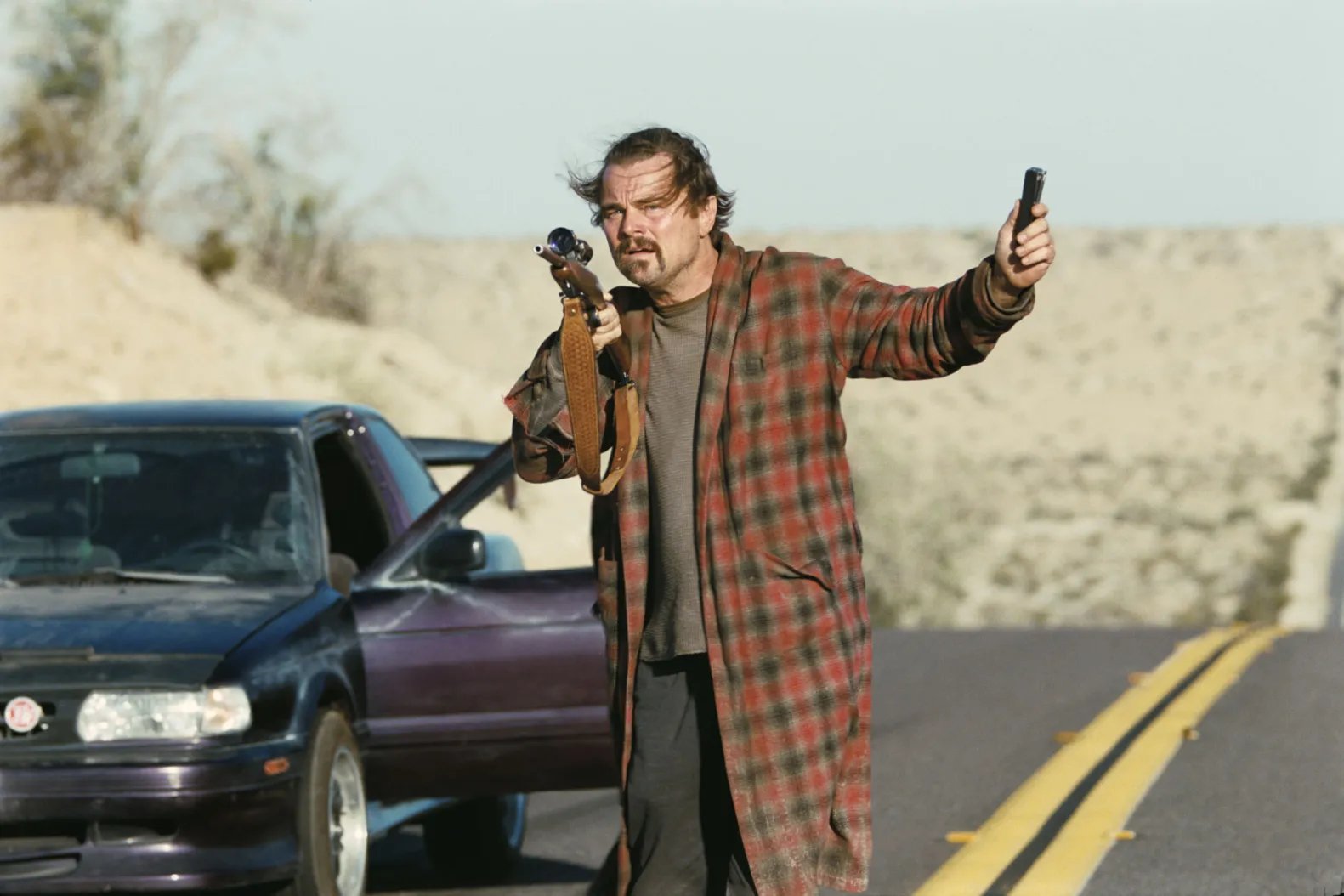
The rest of the film depicts the fallout of this group being smashed by state repression and driven into hiding, which incites a thrilling father-daughter rescue plot.
The choice of left-wing guerrilla fighters as protagonists couldn’t resonate more with the current political landscape. We are living through the era of Luigi Mangione, political assassinations, and armed attacks on ICE facilities by left-wing groups.
The class struggle is heating up, and until the crisis of working-class leadership is resolved, these initial overtures of the coming battles are going nowhere soon.
The film oozes with the spirit of the 60s and 70s counter-culture, with its reference to Gil-Scott Heron’s The Revolution Will Not Be Televised, and a plot based around Thomas Pynchon’s novel Vineland.
This is no coincidence: the collapse of the post-war consensus ushered in a period of politicisation, rebellion, and adventurism (think armed groups like Weather Underground, Rote Armee Fraktion, and the Red Brigades) beginning to resemble our own.
Complaints from certain lefts
Some very sourfaced, humourless people on the left have taken issue with Anderson’s portrayal of revolutionaries. “How dare a rich Hollywood director make the left look unserious?” they complain. “How dare he capitalise upon and appropriate anti-capitalist struggles?”
It’s true that, in the style of Goddard’s La Chinoise (1967), the film satirises and pokes fun at the left – for its ‘woke’ tone-policing, petty identity politics and infighting, and obsession over administrative procedure. But it is undeniable that the French 75 are depicted as sympathetic, bad-ass heroes earnestly fighting against injustice and reaction.
By contrast, the counter-revolutionaries – embodied by Sean Penn’s mesmerisingly demonic Colonel Lockjaw, and the white-nationalist cabal of Christmas Adventurers – are depicted as corrupt, pathetic, degenerate lunatics, baying for the blood of the oppressed. It’s clear whom both Anderson and the audience are rooting for.
In fact, it’s a good thing that the revolutionaries are presented as flawed, complex characters, struggling under the pressures of state repression, family life, and the limitations of their methods. That makes them human and relatable, not one-dimensional caricatures.
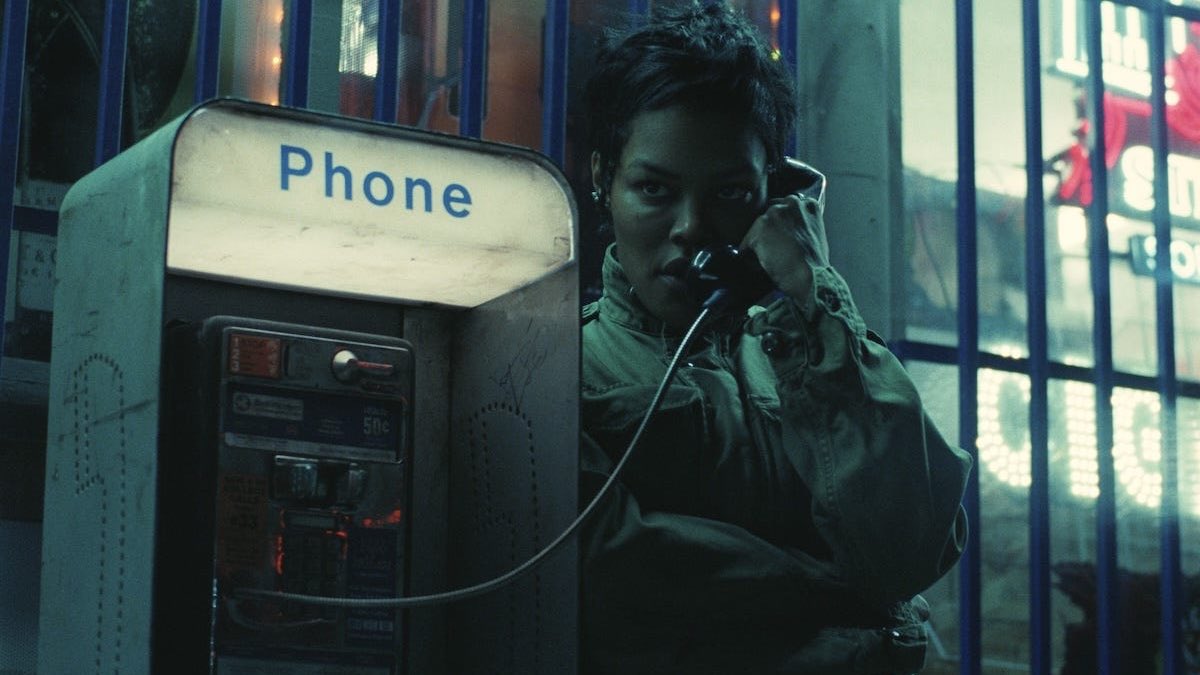
DiCaprio’s character, Pat/Bob, winds up as a washed-out, Big Lebowski-esque stoner – still committed to the cause, but too paranoid and defeated to remain politically active. But haven’t all revolutionaries and left wingers seen burnout and demoralisation in the movement?
Another character Perfidia, is portrayed as reckless, sex-obsessed, and deceitful. Early on in the film, she rats out her comrades to the police in order to enter witness protection. “How awful!” cry certain lefts. “We’d never dream of such things!”
But in reality, her character sheds light upon a real feature of adventurist movements: these methods attract people seeking… adventures. They are driven first and foremost by the thrill and excitement of the action. And, as a result, they are individualistic, and prone to betraying the cause.
Far from demonising the left, Anderson provides the audience with rich, multi-faceted characters, offering keen observations into the psychological pressures of revolutionary struggle.
Frankly, if these philistine lefts want a comforting, black-and-white struggle of good versus evil, perhaps they should watch the latest Marvel Avengers slop, or read a children’s book like Harry Potter.
And even then, you might find some moral nuance or ambiguity – because flawed heroes and sympathetic villains lie at the heart of all dramatic tension. Art is all about embracing the complexity of the human experience.
Solidarity and struggle
What’s more, Anderson does seem to offer a positive alternative to the flawed and failed methods of adventurism. One thing that is missing from most films of this type – depicting revolutionary struggles or civil unrest – is the role of the masses.
But you do actually see a glimmer of this in One Battle After Another. In the stunning protest scene in Baktan Cross, you see local youth and Latino immigrants clashing with the police, and blocking deportations.
As an aside, the influence of The Battle of Algiers (1966) can be seen most clearly in this segment – along with Jonny Greenwood’s brooding, hypnotic, percussive score, which perfectly accentuates the events on screen.
The deep-rooted solidarity within the Baktan Cross community – where del Toro’s Sensei Sergio organises a “Latino Harriet Tubman situation” to protect illegal immigrants – contrasts with the distrust and paranoia within the French 75. There’s real humanity, humour, and warmth in del Toro’s scenes.
It’s therefore satisfying that the plot’s main resolution (no spoilers, don’t worry) arrives with a return to political activity on a potentially stronger basis, with the baton being passed to a new generation – alongside a beautifully poetic ending for the main antagonist.
A masterpiece of cinema
I haven’t given much space to the stylistic prowess of this film. But needless to say, it’s a cinematic and aesthetic masterpiece – as ambitious and innovative with its form as it is with its content.
The filmic cinematography is breathtaking – especially the nail-baiting car chase scene at the end. The several moments of genuine laugh-out-loud comic relief punctuate what would otherwise be a three-hour-long panic attack of a film. And the casting was superb, particularly Chase Infiniti, for whom this was a debut.
Both in terms of its radical themes and its avant-garde stylistic choices, this was unexpectedly bold for a blockbuster. As top film critic Mark Kermode remarked, “no movies that cost this much money should be this experimental”.
But radical ideas are bursting onto the silver screen more and more. We are living in troubled, tempestuous times, and great art should capture that lightning. With One Battle After Another, Paul Thomas Anderson has achieved just that.

